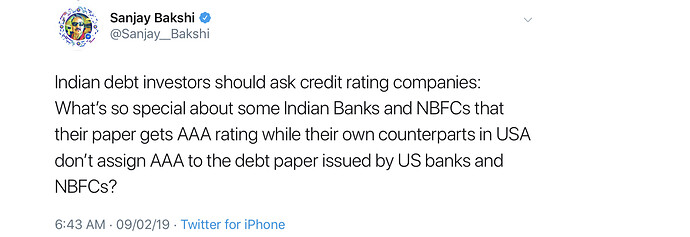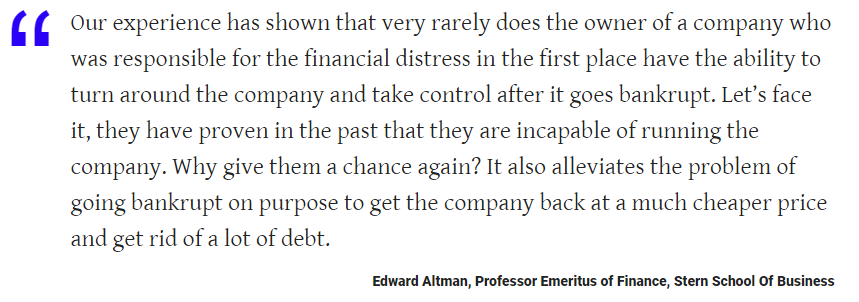CRISIL downgrades DHFL CPs following ICRA.
https://www.crisil.com/mnt/winshare/Ratings/RatingList/RatingDocs/Dewan%20Housing%20Finance%20Corporation%20Limited_February_27_2019_RR.html
Some added information for January 2019 below (clipped from the above)
At the company’s request, CRISIL has reduced the quantum of rated commercial paper (CP) to Rs 1,525 crore from Rs 8,000 crore, being equal to the outstanding CP quantum. So at 8,000 theoriginal rated amount and about 5 times the ratings would have been worse. Downgrade in CP is like a downgrade in repo/reverse repo…you are just shut out.
DHFL has publicly stated its intention to buy back outstanding CP of Rs 1525 crore within the next month. Effectively if it buysback the CP, it will have no CP outstanding, and a downgrade in CP will also allowit to buyback at a lower price.
The rating action is driven by the limited progress in the last one month in raising funds (including securitisation), its cascading impact on business operations (reflected in negligible disbursements) and slower-than-envisaged build-up of on-balance sheet liquidity. CRISIL has noted the recent spate of events and news regarding DHFL and believes that, in a confidence-sensitive market, the company’s financial flexibility and resource raising ability have been further impacted.
During the month of January 2019, DHFL raised aggregate funds of Rs 1375 crore through sell-down of a project loan. CRISIL understands that DHFL is in the final stages of raising a significant amount through securitisation route. The company has indicated that their securitisable pool of assets remains high. However, CRISIL believes that continued reliance on this route will not help sustain resource profile for a longer period, especially in the context of muted disbursements. In order to conserve liquidity, DHFL has significantly curtailed its disbursements.
CRISIL notes that DHFL has maintained liquidity at ~Rs 4,800 crores currently. DHFL estimates that collections from loan assets will be around Rs 2200 crore per month over the next three months. Against this, they have scheduled average monthly outflows (including debt / loan repayments and securitisation payouts) of around Rs 3450 crore over the next three months.
CRISIL has noted an increase in the premature fixed deposit withdrawals during the first three weeks of February 2019 and any higher than anticipated redemption will be a key rating sensitivity factor.


